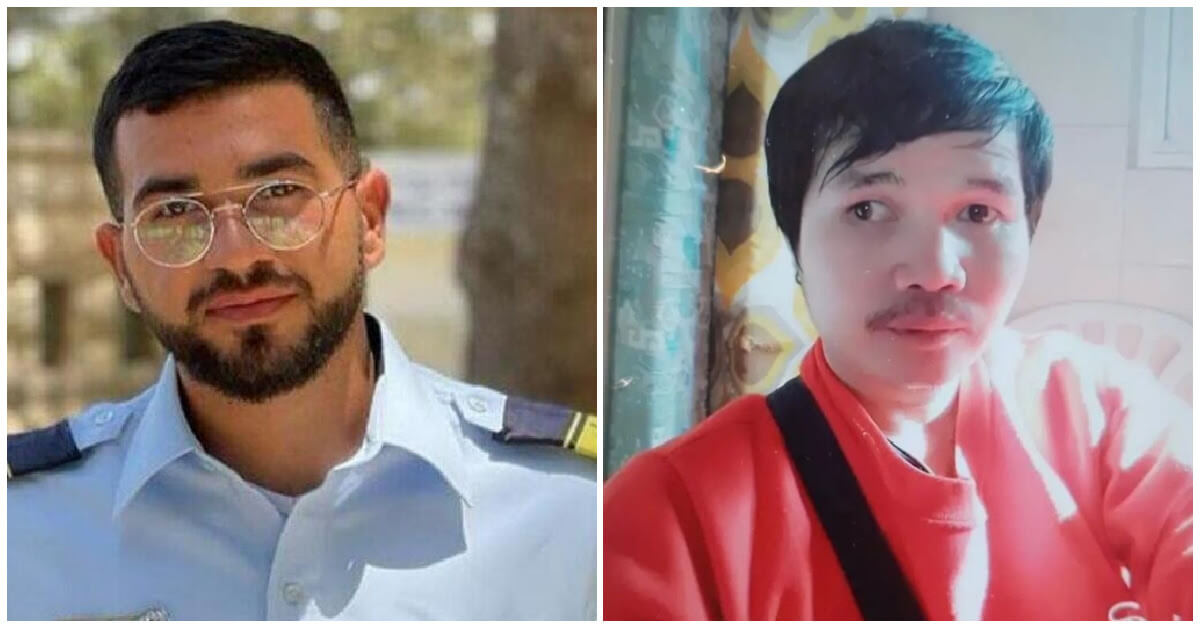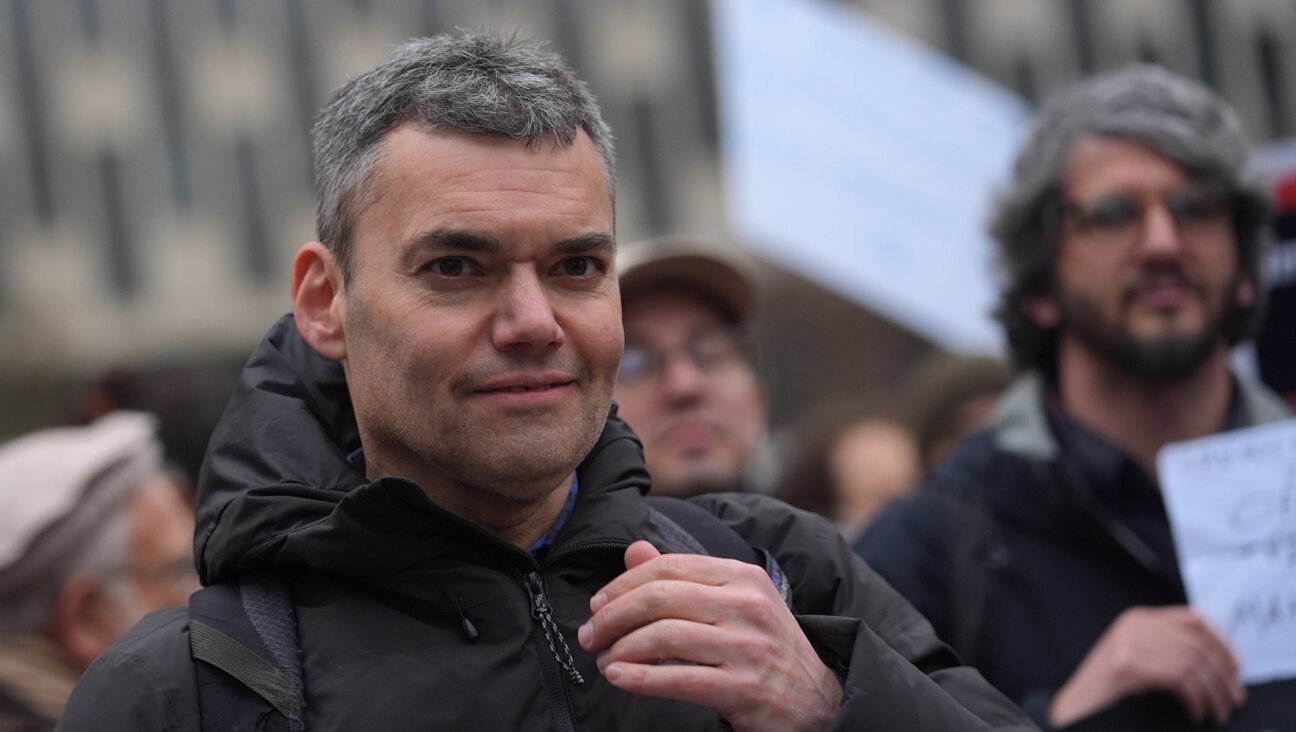The Genes That Affect Indian-Jewish Vision

Graphic by Angelie Zaslavsky
BEERSHEVBA, ISRAEL — Jews of Indian origin are, for the first time, taking control of a genetic mutation linked to sight problems that can’t be rectified with spectacles.
Indian Jews living in Israel have their roots in either Mumbai or Cochin, and 1 in 10 Jews from Mumbai families carries a recessive gene that, when passed on to offspring from both parents, causes a disorder affecting both short- and long-range vision. The mutation was discovered a year ago by Ohad Birk and his teams at the Genetics Institute at Soroka Medical Center and the Morris Kahn Laboratory of Human Genetics at Ben-Gurion University. It’s just one discovery among many in the prominent Israeli geneticist’s growing body of research focusing on Jewish populations of non-Ashkenazi heritage.
It was through a random encounter in southern Israel that Birk and his team realized that they were dealing with a widespread genetic mutation. They started searching for genetic markers after an Indian-Jewish family showed up at the Soroka Medical Center with a sight problem. “The ophthalmologist who was part of our team happened to go shopping, and at the counter was a nice Indian girl whose eyes were like the family’s,” Birk recalled. Her eyes, like theirs, moved very quickly. Now suspecting that this could be a disorder affecting many families, the researchers set out to find the mutation in a larger population. The girl’s relatives, who were unrelated to the first affected family Birk had met, were tested next, along with another 50 Mumbai Jews unrelated to either group.
Birk managed to identify the culprit: the gene SLC38A8. In addition to the two original families, five other unrelated Mumbai Jews also carried the mutation causing the sight problems. But Birk has no idea what SLC38A8 actually does. “The genome project gives you the ABC’s but not what the words mean,” he said. Birk stressed that the disorder is not serious enough for anybody to consider terminating pregnancies over, but said that it does have enough of an impact on quality of life that some families conceiving through in vitro fertilization might consider screening embryos for the mutation.
Birk is prolific, having discovered and documented more than 50 mutations and applied his research to help people who are susceptible to them. The SLC38A8 mutation is the first one found to be widespread among Jews of Indian ancestry, with three other genetic diseases — the endocrine disorder ACTH deficiency, the blood clotting disorder factor XIII deficiency and Fanconi anemia — known to affect only one or two Indian-Jewish families.
In recent years, Birk’s team discovered genes that are linked to the two most common genetic diseases among Jews of Moroccan ancestry, who account for some 15% of Israel’s population and 100,000 people in the United States. Progressive cerebellocerebral atrophy (PCCA) and PCCA Type 2 are two fatal diseases with similar symptoms caused by different genetic mutations. Affected newborns appear to be developing normally until the age of six months, when their brains begin to atrophy. By age one, they suffer from severe mental retardation, and most die between the ages of 10 and 20. In March, Miora Feinstein, a doctoral student under Birk’s supervision, identified two recessive mutations in the VPS53 gene that are responsible for PCCA Type 2, and found that 1 in 37 Jews of Moroccan origin carries both mutations.
This came four years after Birk’s group discovered that mutations in the SEPSECS gene — carried in 1 in 40 Jews of Moroccan and Iraqi descent — were responsible for PCCA. Birk is confident that state-funded genetic testing, which has been available for SEPSECS mutations since 2011, and prenatal diagnosis will enable eradication of the disease in Israel.
In addition to making breakthroughs with Indian and Moroccan Jews, Birk is also one of the first to explore Ethiopian Jewry’s unique genetic legacy. “They are one of the only Jewish communities that made sure not to marry within the family,” Birk said. “Ethiopian Jews living in Ethiopia kept a registry and made sure before every marriage that eight generations back they were not related. They stuck to this very carefully, and only now that they are in Israel is this beginning to change.”
In the new country, Ethiopian Jews no longer defer to the registry. And so, just as other diseases such as the deadly PCCA and PCCA2 are being reined in, the story of genetic diseases in the Ethiopian community is just beginning. One family has already come forward with a new mutation — one Birk is already hard at work researching, though he’s not yet comfortable speaking publicly about the disorder it causes. He expects to publish findings in about half a year.















